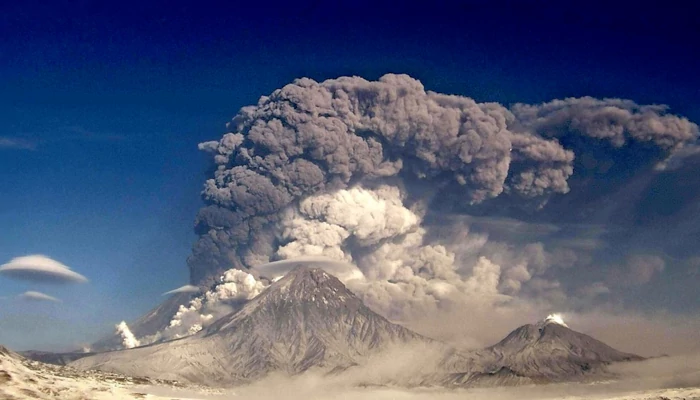.webp)
Here are today’s most important updates from the realm of Science and Space.
Creativity Crisis: Study Finds AI Can’t Think Beyond the ‘Average’
A new theoretical study has challenged the belief that artificial intelligence is close to surpassing human creativity. The research argues that generative AI models such as ChatGPT are mathematically limited to amateur-level creativity. According to the study, large language models work by predicting the next word or "token" based on patterns learned from their training data. The lead author explained that this predictable and statistical method allows for a mathematical evaluation of AI creativity. The analysis showed that while AI can produce outputs that seem creative, its originality is limited by the patterns it has learned, and therefore its creativity cannot rise beyond average human levels.
Blood, Bugs, and Breakthroughs: Scientists Decode Crime Scenes With Bed Bugs

A new research study has found that tropical bed bugs can retain DNA from human prey for up to 45 days after snacking on an unwary victim. This makes the tiny critters, who love to lurk in headboard cracks, mattress seams and pillow covers, ideal evidence resources when it comes to pinpointing suspects at crime scenes. Analysing the insects could reveal gender, eye colour, hair and skin colour. Unlike mosquitoes and flies, bed bugs cannot fly, and once they have fed, "become engorged and can't move around that much,” said lead author.
Ozone Revival! NASA Spots Real Progress Over the South Pole
The ozone hole over Antarctica is slowly recovering, according to @nasa & @noaa’s long-term record.
— NASA Earth (@NASAEarth) November 24, 2025
This year’s ozone hole was the 5th-smallest on record, reaching an annual maximum extent of 8.83 million square miles on Sept. 9, 2025. https://t.co/becxmD6aKl pic.twitter.com/4glMTeXlng
(Credit: X/@NASAEarth)
The Antarctic ozone layer is showing signs of recovery, reaching an annual maximum of 8.83 million square miles on September 9, scientists from NASA and the National Oceanic and Atmospheric Administration (NOAA) said. Even though it's huge, scientists say it's smaller than in many previous years, making it the fifth smallest ozone hole since 1992. NASA and NOAA scientists report that the ozone layer is gradually healing because of the Montreal Protocol, an international agreement that banned chemicals that destroy ozone. This year, during the depletion season between September 7 and October 13, the average size of the hole was 7.23 million square miles. It is the season when the ozone hole is the largest and it starts shrinking after the depletion season. The ozone layer, located between 7 and 31 miles above the Earth's surface, protects life on the planet by filtering dangerous UV rays. Ozone depletion occurs when human-made compounds containing chlorine and bromine, once widely used in aerosol sprays, foams, air conditioners, and refrigerators, rise into the stratosphere.
Invisible Volcanoes, Massive Risk: New Study Uncovers Global Danger Zone

The next global volcanic disaster is more likely to come from volcanoes that appear dormant and are barely monitored than from the likes of famous volcanoes such as Etna in Sicily or Yellowstone in the US. One volcano has just done exactly that. In November 2025, the Hayli Gubbi volcano in Ethiopia erupted for the first time in recorded history (at least 12,000 years). The largest eruptions don't just affect the communities around them. They can temporarily cool the planet, disrupt monsoons and reduce harvests across entire regions. In the past, such shifts have contributed to famines, disease outbreaks and major social upheaval, yet scientists still lack a global system to anticipate or manage these future risks.

.WEBP)
.WEBP)
.WEBP)

.webp)
.WEBP)
.webp)
.webp)

.WEBP)
.webp)
.webp)